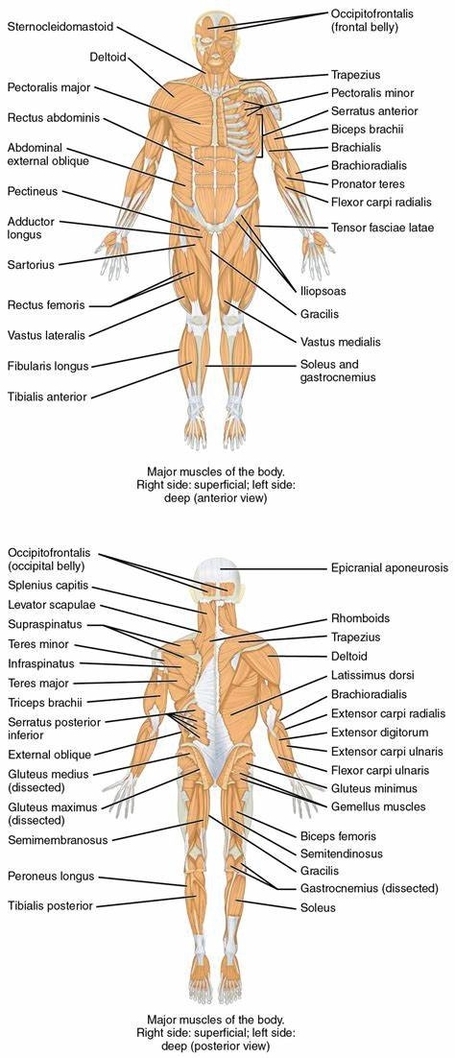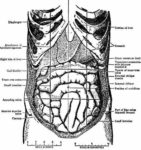Major Skeletal Muscles Of The Body
keletal muscles, which make up between 30 to 40% of your total body mass, are the muscles that connect to your bones and allow you to perform a wide range of movements and functions. They are voluntary muscles, meaning you control how and when they work. There are more than 600 muscles in the human body.
Function and Structure
keletal muscles serve a variety of functions, including chewing and swallowing, expanding and contracting your chest cavity for respiration, maintaining body posture, moving the bones in different parts of your body, and protecting joints and holding them in place.
Each muscle can contain thousands of fibers. Different types of sheaths, or coverings, surround the fibers: Epimysium is the outermost layer of tissue surrounding the entire muscle.
Interactions of Skeletal Muscles
To move the skeleton, the tension created by the contraction of the fibers in most skeletal muscles is transferred to the tendons. The tendons are strong bands of dense, regular connective tissue that connect muscles to bones. The bone connection is why this muscle tissue is called skeletal muscle.
The moveable end of the muscle that attaches to the bone being pulled is called the muscles insertion, and the end of the muscle attached to a fixed (stabilized) bone is called the origin.
Prime Movers and Synergists
Although a number of muscles may be involved in an action, the principal muscle involved is called the prime mover, or agonist. A muscle with the opposite action of the prime mover is called an antagonist. Antagonists play two important roles in muscle function: They maintain body or limb position, such as holding the arm out or standing erect. They control rapid movement, as in shadow boxing without landing a punch or the ability to check the motion of a limb.
Major Muscles of Upper Limb
– Deltoid: shoulder abduction, flexion and extension
– Biceps brachii: flexes elbow
– Triceps brachii: extends forearm
Major Muscles of Lower Limb
– Gluteus maximus: external rotation and extension of the hip joint
– Sartorius: lateral rotation and abduction of thigh; flexion and medial rotation of leg
Facial Muscles
There are also skeletal muscles that do not pull against the skeleton for movements. For example, there are the muscles that produce facial expressions. The insertions and origins of facial muscles are in the skin, so that certain individual muscles contract to form a smile or frown, form sounds or words, and raise the eyebrows.
In conclusion, skeletal muscles are a vital part of your musculoskeletal system. They are responsible for the movement of the human body, allowing us to perform a wide range of actions and functions. Understanding the structure and function of these muscles is crucial for understanding human anatomy and physiology.


